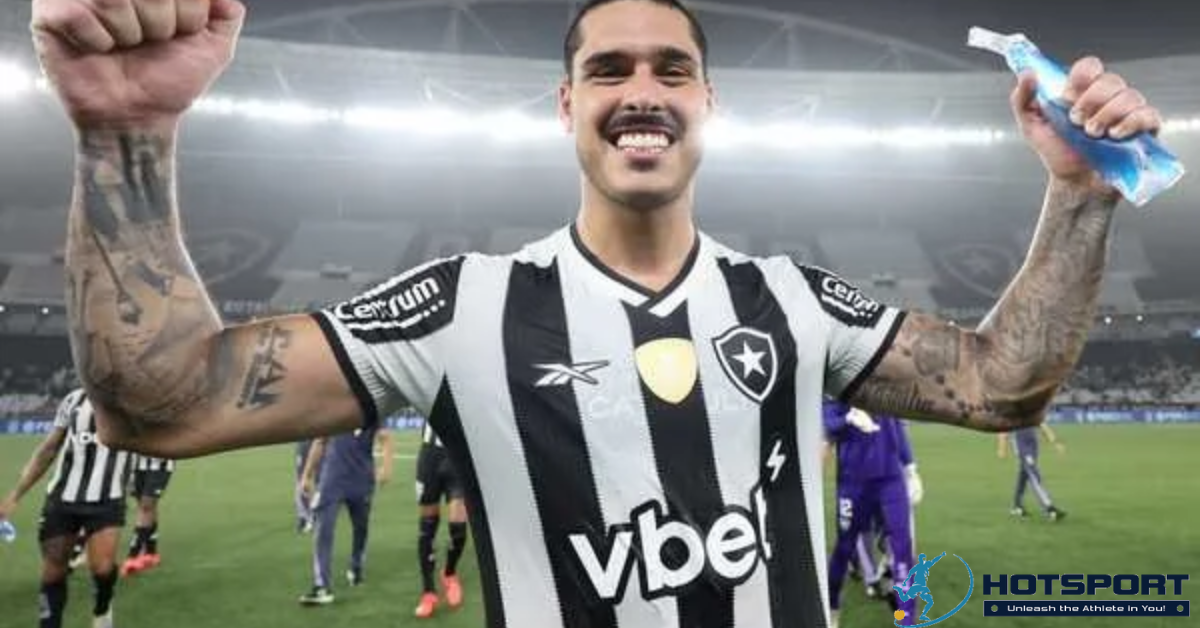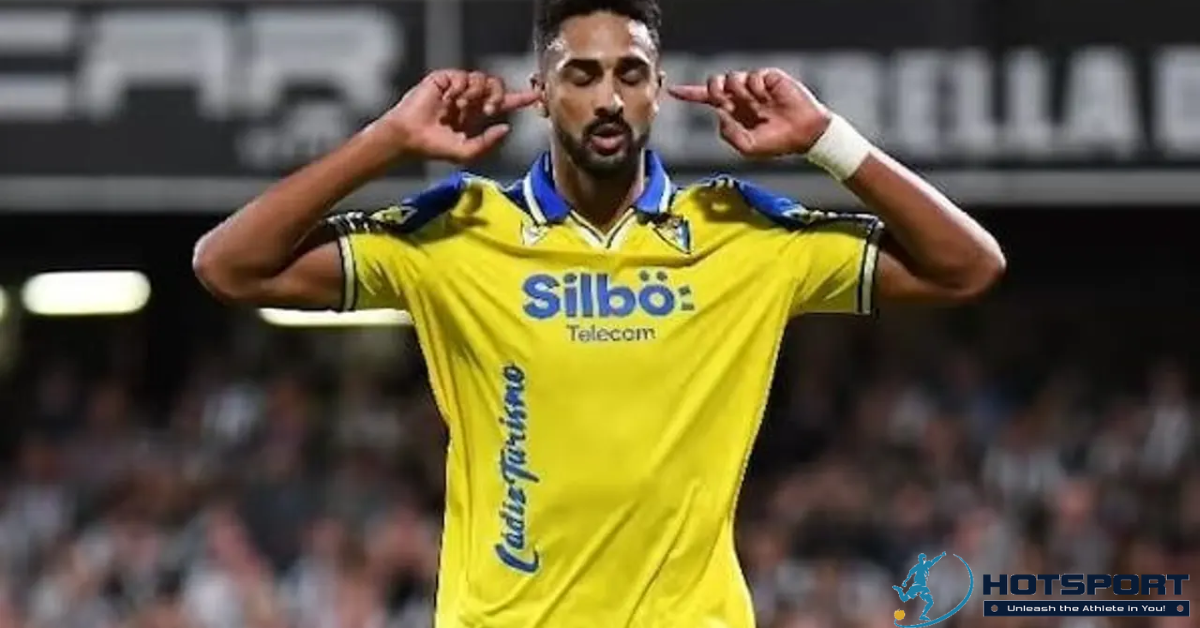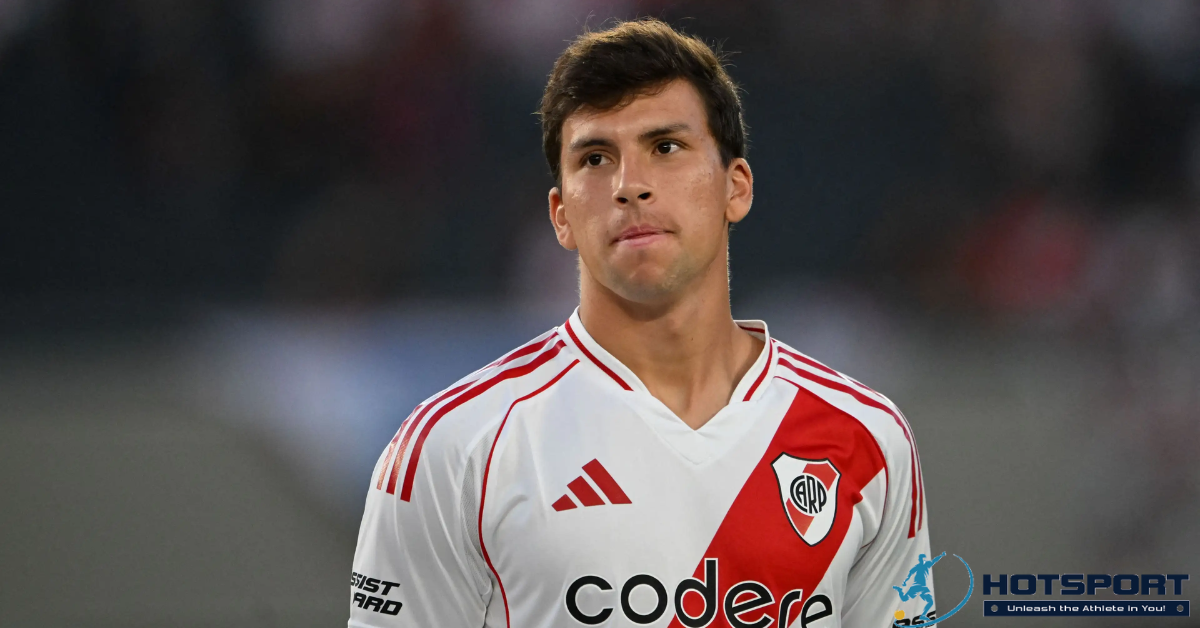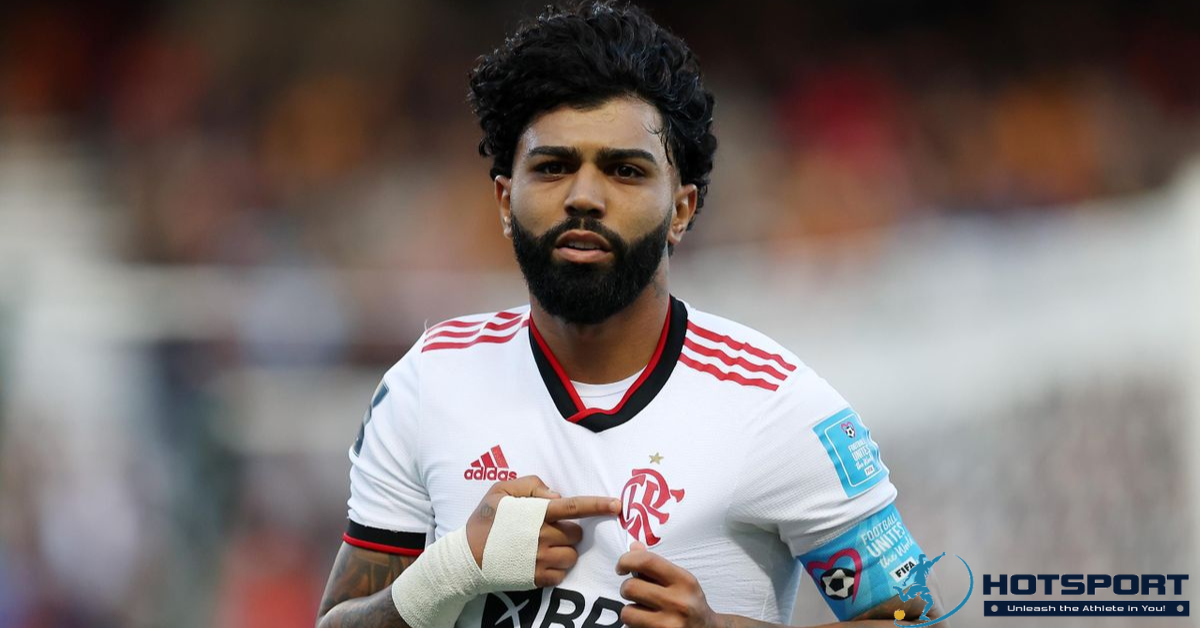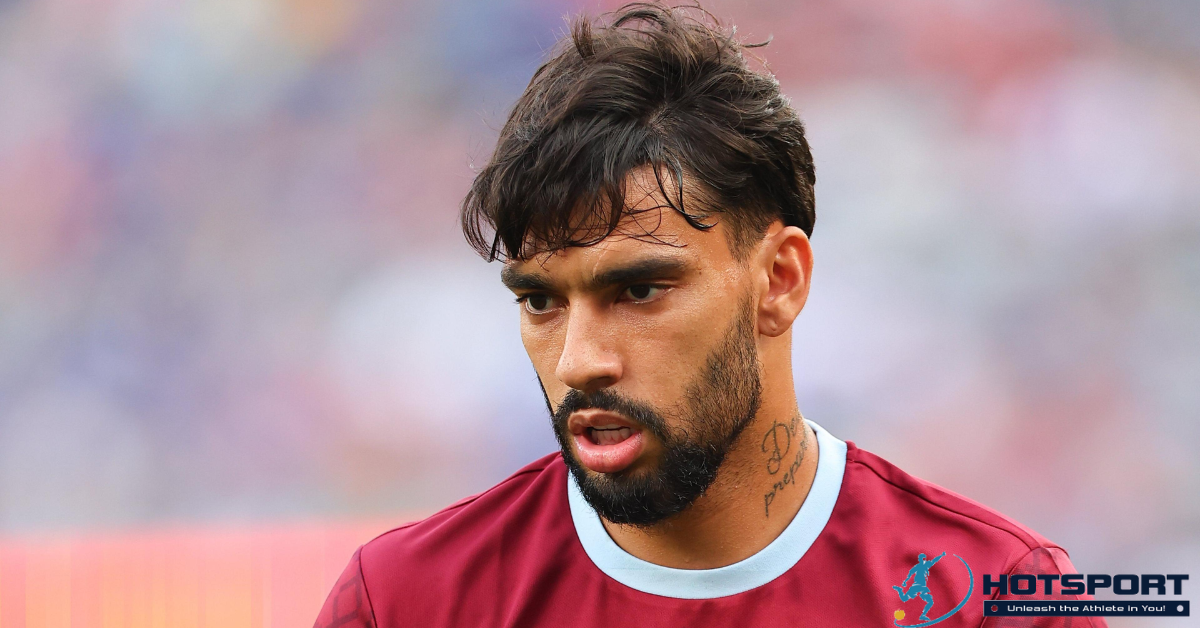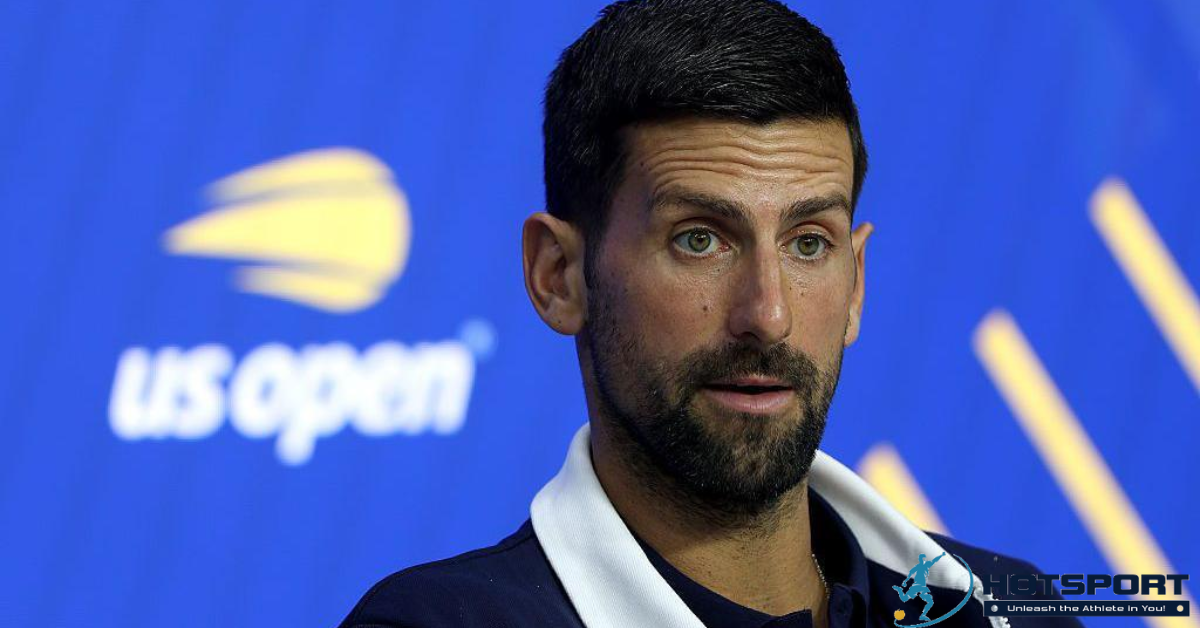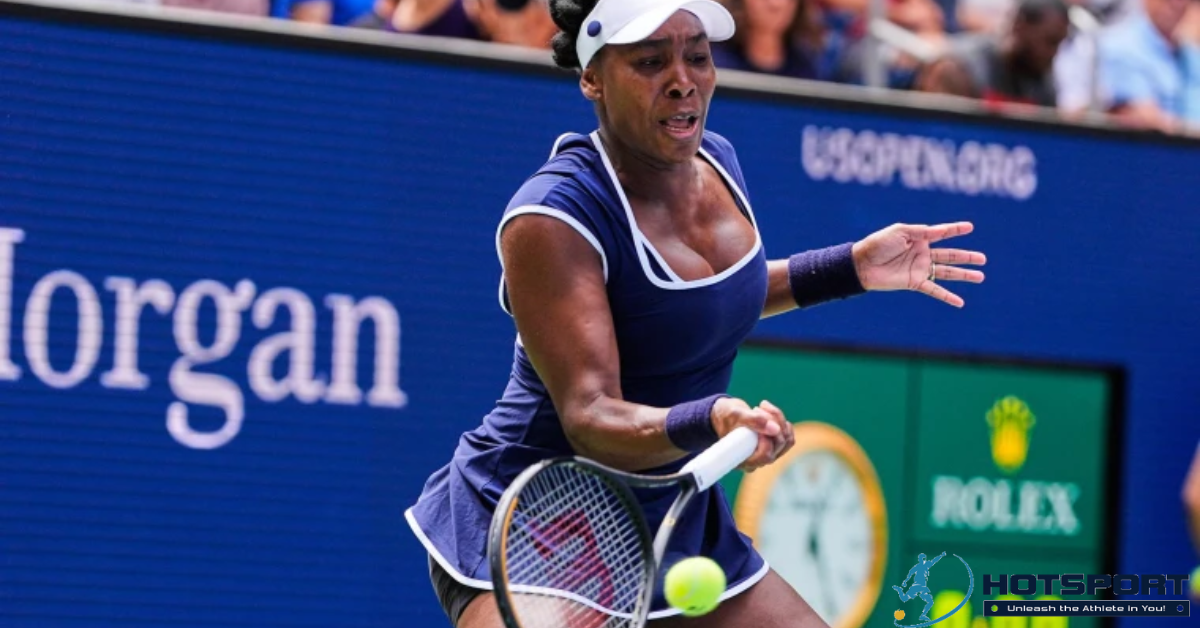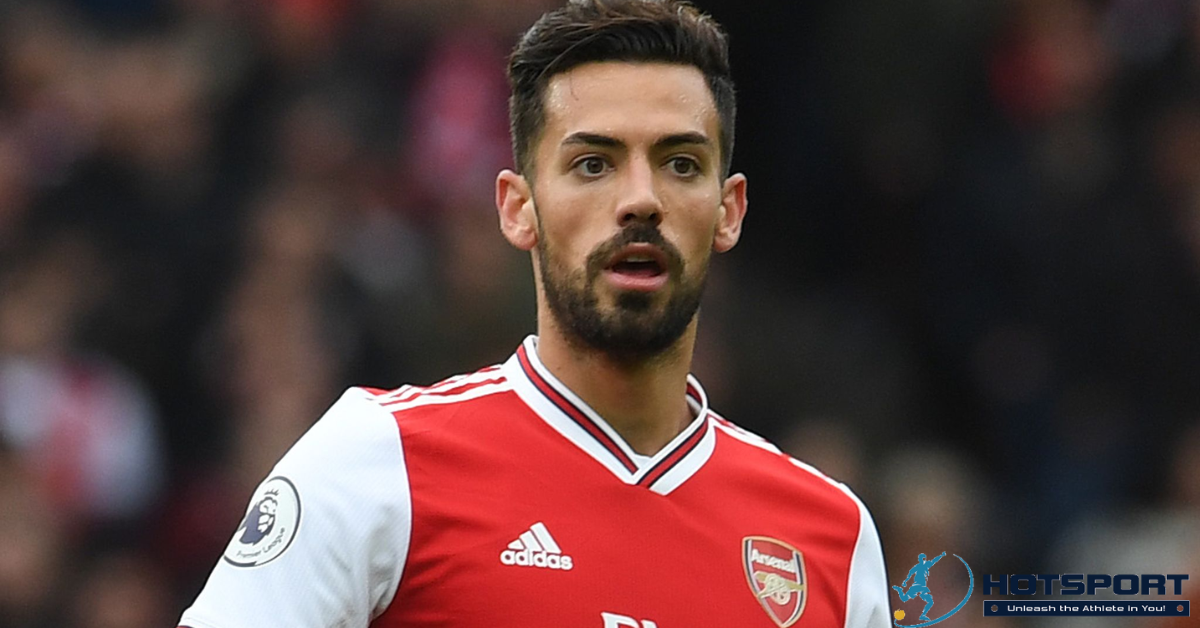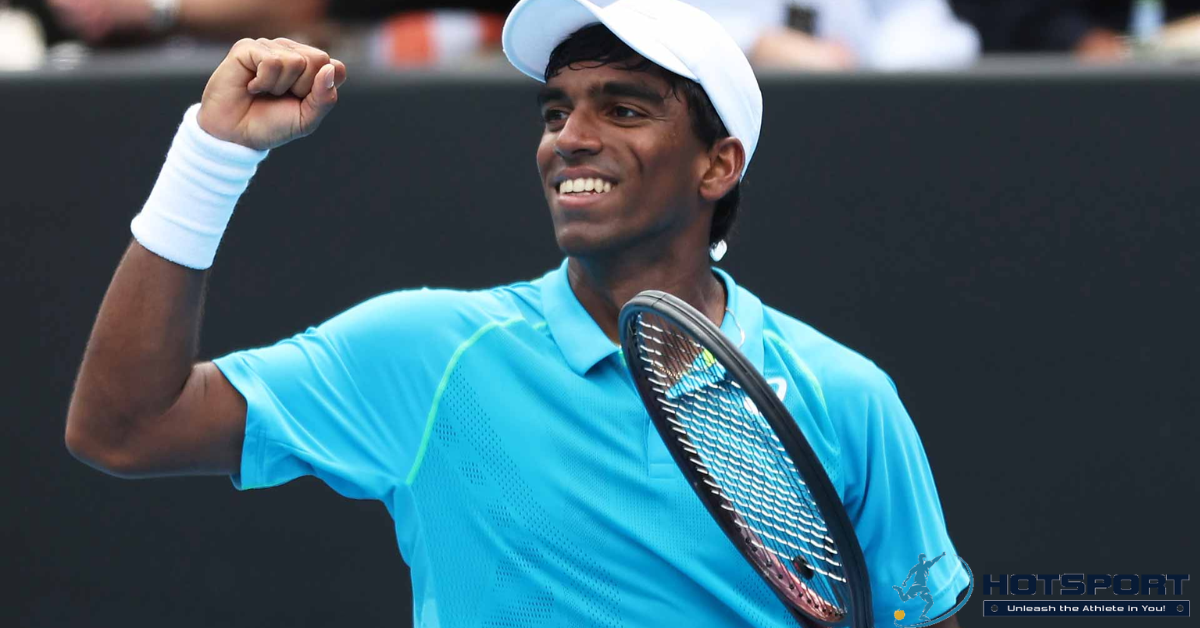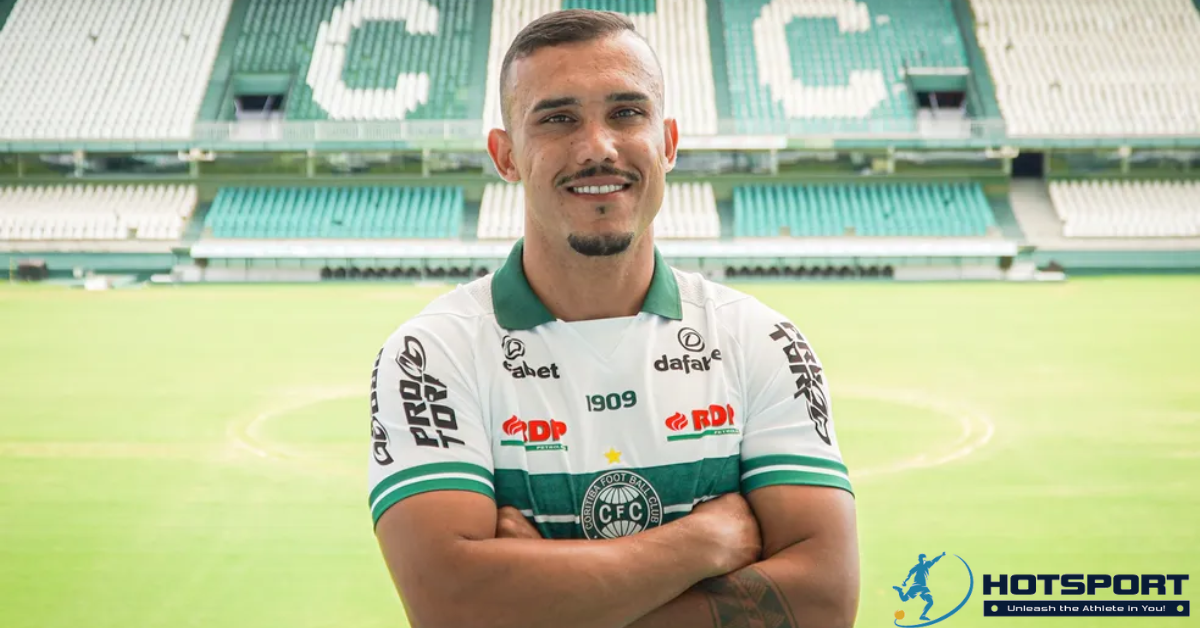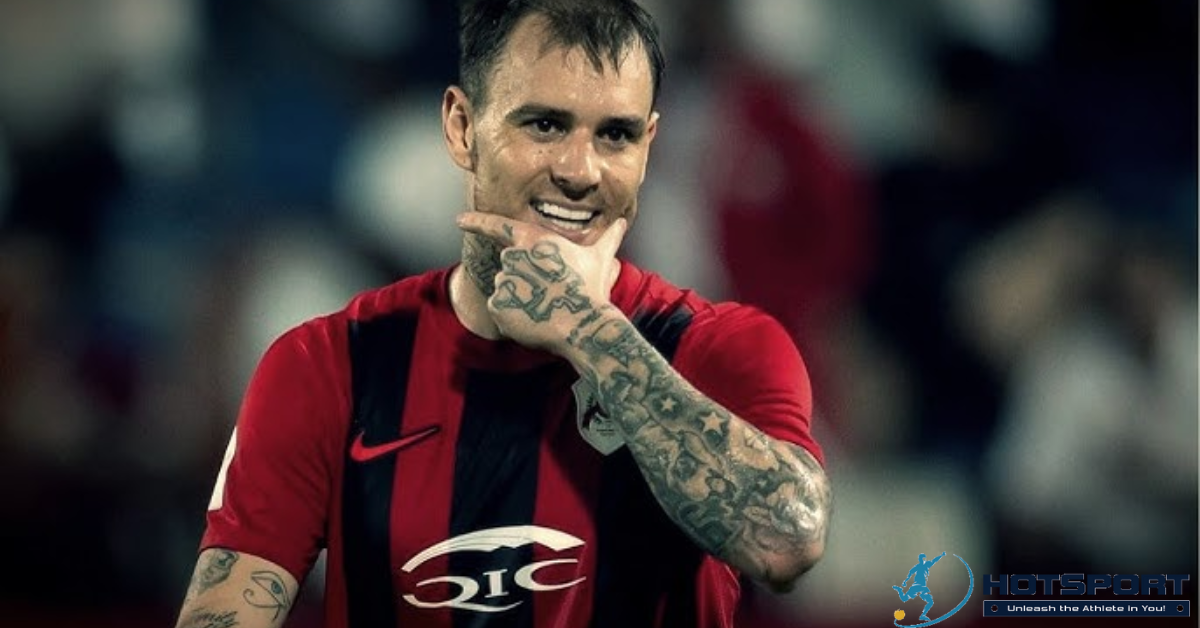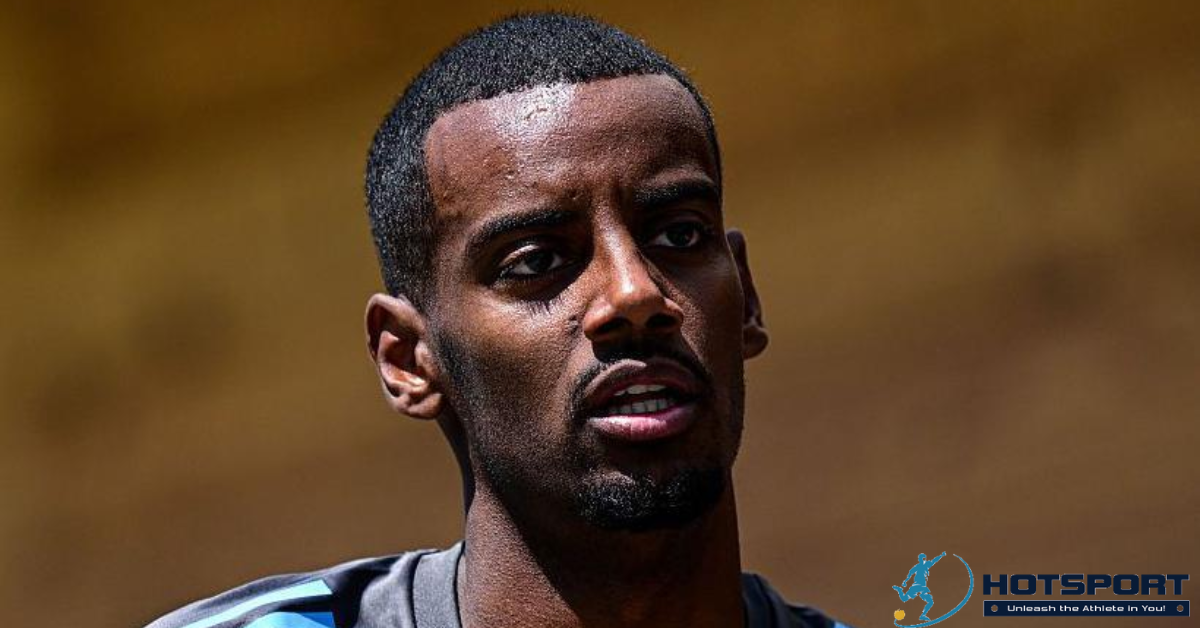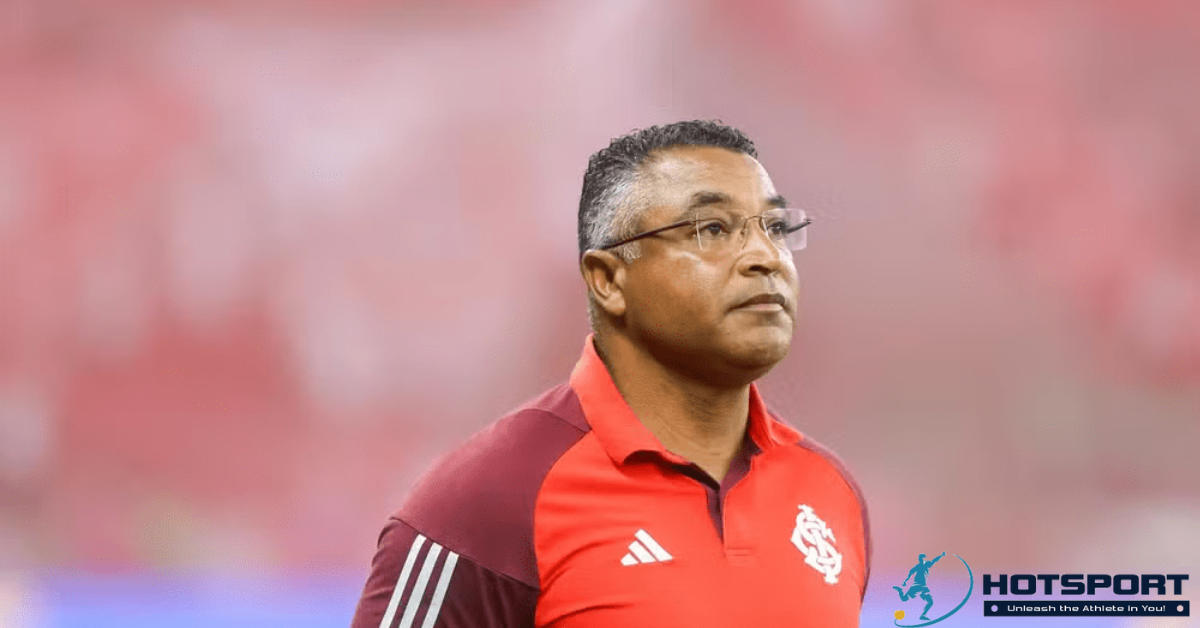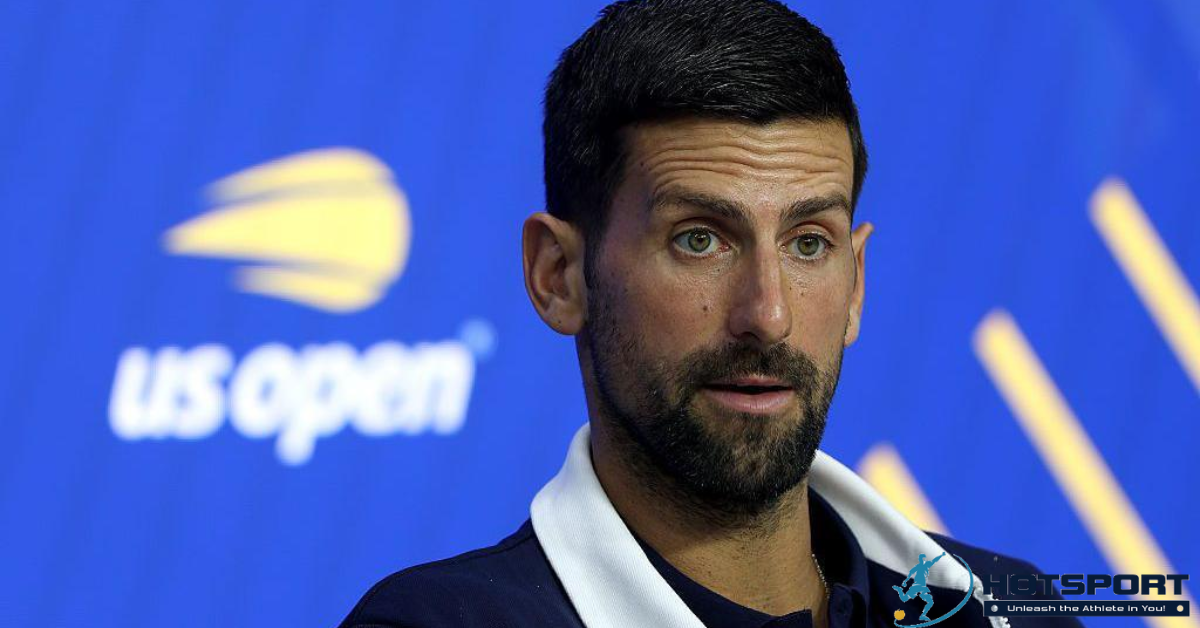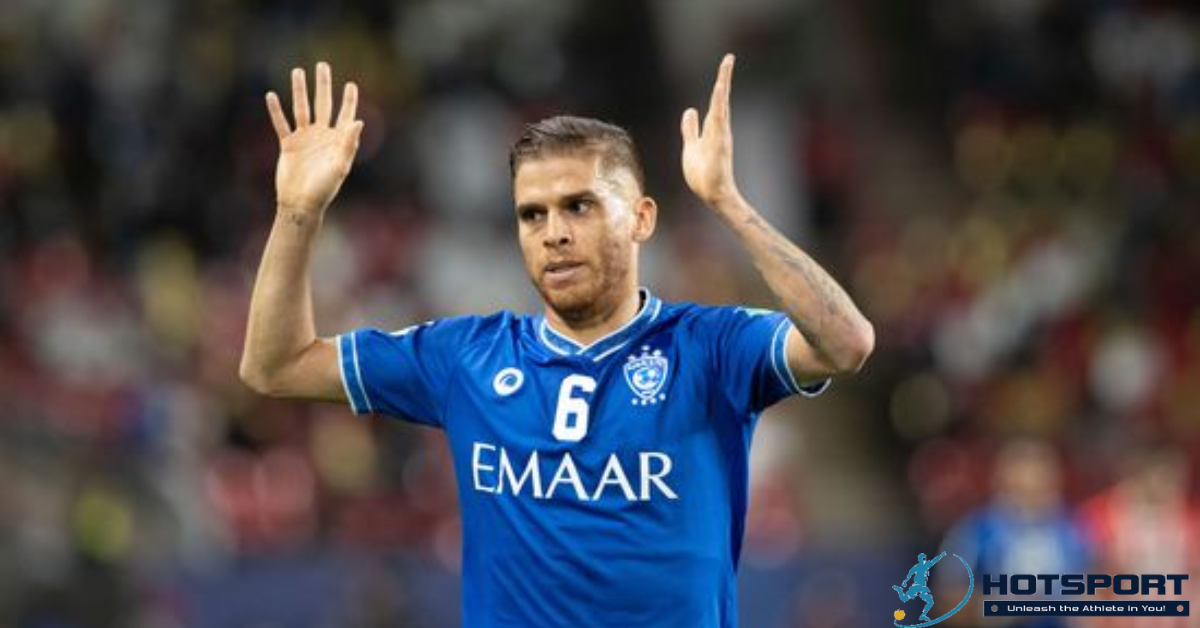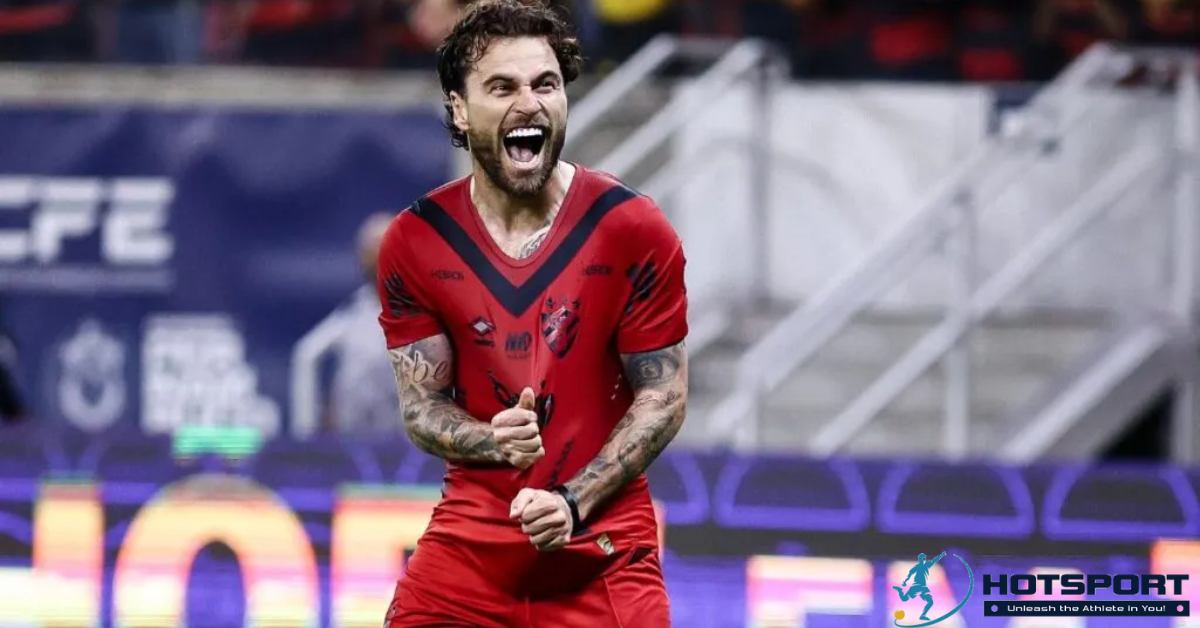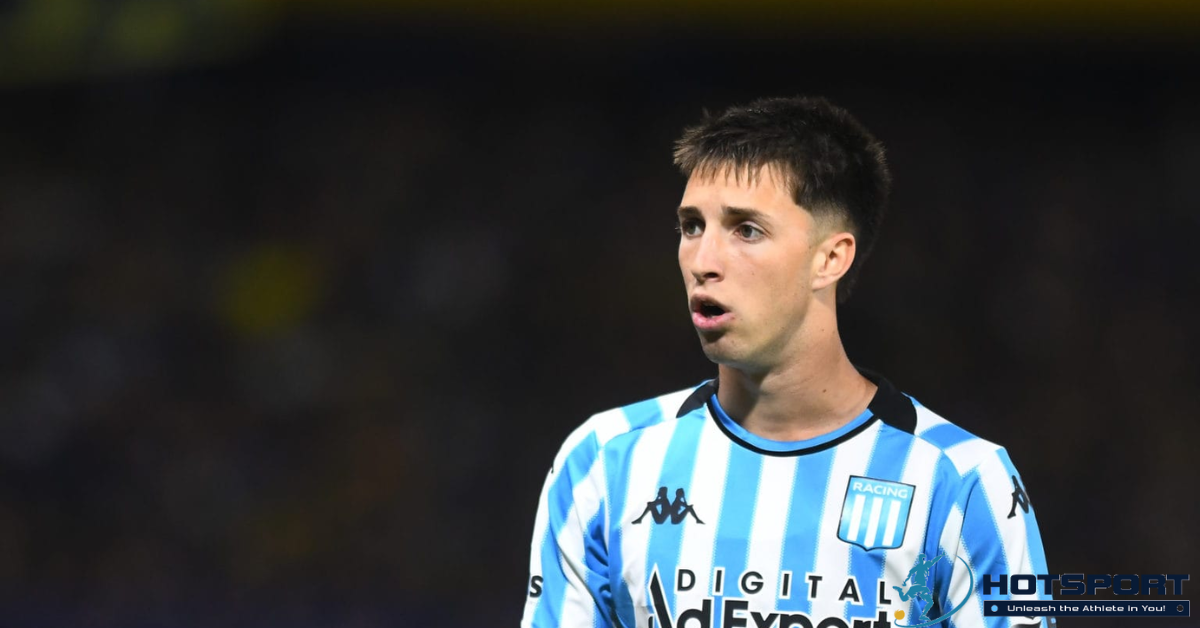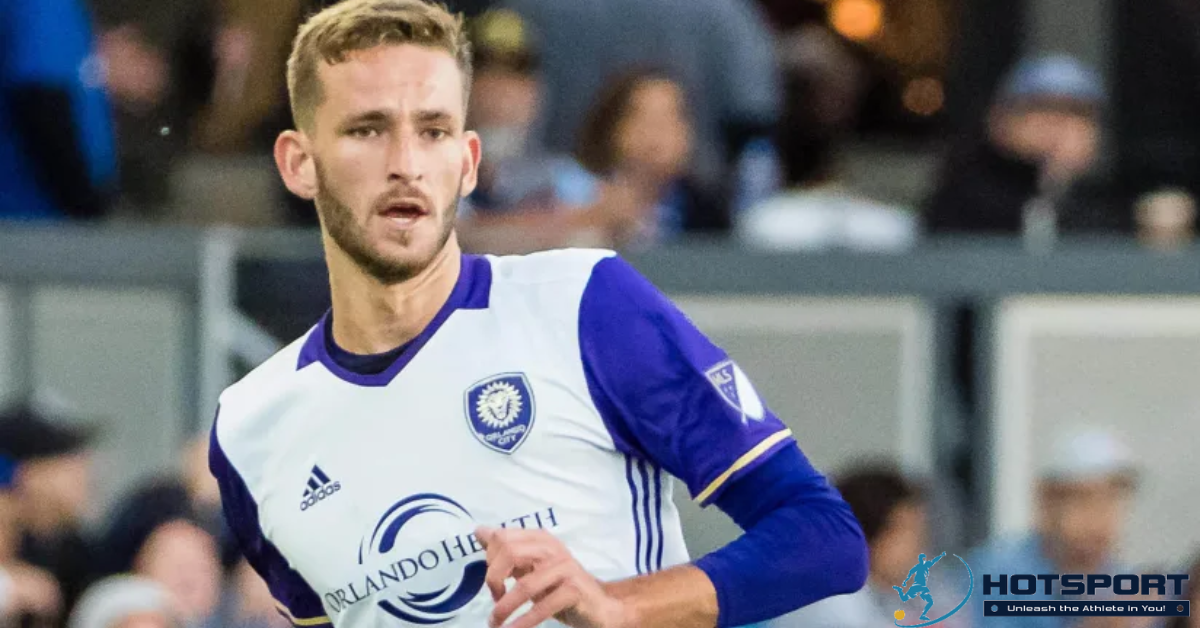Ederson: The Brazilian Goalkeeper Who Conquered the World
Ederson Santana de Moraes, known simply as Ederson, is one of the greatest goalkeepers of his generation and an iconic figure in Brazilian football. Born in Osasco, São Paulo, on August 17, 1993, Ederson has distinguished himself as an exceptional talent, combining quick reflexes, command of his area, and unparalleled ability with his feet. His journey, from the youth ranks of São Paulo FC to the pinnacle of world football with Manchester City and the Brazilian national team, is a story of determination, resilience, and success. This article explores Ederson’s life, career, and impact on the sport, highlighting his achievements and the qualities that have made him a global reference in goalkeeping.
The Beginning of the Journey: Roots in Osasco
Childhood and Early Football Steps
Ederson was born in Osasco, a city in São Paulo’s metropolitan area known for its passion for football. From a young age, he showed an interest in the sport, playing on the streets and local pitches. His first organized football experience came at 15 when he joined the youth academy of São Paulo FC in 2008. However, his time at the club was short-lived, and in 2009, he was released via a phone call—an experience that, though painful, fueled his motivation to seek new opportunities.
The Move to Europe
In 2009, at just 15 years old, Ederson made a bold decision: to leave Brazil and move to Portugal to continue his development as a player. He joined Benfica, one of Portugal’s biggest clubs, where he began honing his skills as a goalkeeper. This early transition to Europe was a turning point in his career, exposing him to a highly competitive environment and professional infrastructure that shaped his mentality and technique.
Rise in Portuguese Football
Early Clubs: Ribeirão and Rio Ave
In the 2011–12 season, at 18, Ederson left Benfica to play for Ribeirão in Portugal’s Segunda Liga. Though a lesser-known team, this experience allowed him to gain valuable playing time and start attracting attention. In 2012, he moved to Rio Ave in the Primeira Liga, where he initially served as a backup to Jan Oblak, now a star at Atlético Madrid.
With Oblak’s departure, Ederson became Rio Ave’s starting goalkeeper and quickly made a name for himself. His ability to make difficult saves and his confidence with the ball at his feet drew interest from bigger clubs. In 2015, after strong performances and a call-up to Brazil’s U-23 team, he renewed his contract with Rio Ave until 2019, but his time at the club was about to take a new turn.
Return to Benfica and Consolidation
On June 27, 2015, Ederson returned to Benfica, signing a five-year contract for €500,000, with a €45 million release clause. Initially, he was a backup to Júlio César, another renowned Brazilian goalkeeper. His breakthrough came on March 5, 2016, when he replaced the injured Júlio César in a derby against Sporting CP. Benfica won 1–0, and Ederson began to prove his worth.
In the 2016–17 season, Ederson became the starting goalkeeper and played a pivotal role in Benfica’s conquest of the Portuguese Championship, the Taça de Portugal, and the Taça da Liga. His ability with his feet, quick reflexes, and commanding presence in goal established him as one of Europe’s most promising goalkeepers. These performances caught the eye of Pep Guardiola, Manchester City’s manager, who saw Ederson as the perfect fit for his playing philosophy.
Manchester City: Revolutionizing the Modern Goalkeeper
A Historic Transfer
On June 1, 2017, Benfica announced Ederson’s transfer to Manchester City for €40 million (approximately £35 million), making him, at the time, the second-most expensive goalkeeper in history, behind only Gianluigi Buffon. The transfer also tied Benfica’s record for the club’s highest-ever sale, alongside midfielder Axel Witsel. Ederson arrived at City with the task of replacing Claudio Bravo and becoming Pep Guardiola’s first-choice goalkeeper.
First Season and Immediate Impact
Ederson made his Premier League debut on August 12, 2017, in a 2–0 win against Brighton, keeping a clean sheet. In his first season, he recorded 16 clean sheets in 36 Premier League matches, helping Manchester City win the 2017–18 English title. His ability to start plays from the back with precise passes and long balls revolutionized the goalkeeper’s role in English football.
Achievements and Records
Since joining Manchester City, Ederson has amassed an impressive list of achievements. As of September 2025, he has played over 300 matches for the club, winning:
- Six Premier League titles (2017–18, 2018–19, 2020–21, 2021–22, 2022–23, 2023–24);
- Two FA Cups (2018–19, 2022–23);
- Three EFL Cups (2017–18, 2018–19, 2019–20);
- UEFA Champions League (2022–23);
- UEFA Super Cup (2023);
- FIFA Club World Cup (2023).
Ederson also won the Premier League Golden Glove for three consecutive seasons (2019–20, 2020–21, 2021–22), recording the most clean sheets in the competition. In 2023, he was named FIFA’s Best Goalkeeper, recognized for his performances during Manchester City’s treble-winning season (Premier League, FA Cup, and Champions League).
A defining moment in his City career came on August 19, 2018, when he became the first goalkeeper in the club’s history to record an assist in the Premier League, with a long pass to Sergio Agüero in a 6–1 win over Huddersfield Town. His ball-playing ability earned praise from former City goalkeeper Shay Given, who described him as “the best goalkeeper in the world with his feet” in 2018.
Injuries and Resilience
Despite his success, Ederson has faced challenges with injuries. In 2024, he suffered an orbital fracture after a collision with Cristian Romero in a match against Tottenham, sidelining him for the FA Cup final and part of the 2024 Copa América. Nevertheless, his recovery was swift, and he returned to top form, showcasing his resilience and dedication.
Brazilian National Team: An Evolving Role
Debut and International Competitions
Ederson made his debut for Brazil on October 10, 2017, in a 3–0 win against Chile during World Cup 2018 qualifiers. He was called up for the 2018 and 2022 World Cups, as well as the 2019 and 2021 Copa América tournaments, winning the 2019 Copa América. However, he has often competed for the starting spot with Alisson Becker, another world-class Brazilian goalkeeper.
In 2023, coach Fernando Diniz named Ederson the starting goalkeeper for the 2026 World Cup qualifiers, citing his exceptional form. However, a foot injury in November 2023 sidelined him for matches against Colombia and Argentina. In October 2024, Ederson returned as the starter against Chile following Alisson’s injury, expressing his ambition to establish himself as Brazil’s first-choice goalkeeper for the 2026 World Cup.
Playing Style with Brazil
With the Brazilian national team, Ederson brings the same qualities that made him a star at Manchester City: quick reactions off his line, precise distribution, and the ability to serve as an “outlet” under high pressing from opponents. His ball-playing skills are particularly valuable for a team that prioritizes possession and building play from the back.
Playing Style: The Modern Goalkeeper
Ball-Playing Ability
Ederson is often described as a “goalkeeper-playmaker” due to his ability to start plays with short or long passes. Unlike many traditional goalkeepers, he is comfortable with the ball at his feet, even under pressure, and often acts as a “libero,” stepping out of his area to intercept plays. His passing accuracy is comparable to that of midfielders, making him a vital component of Pep Guardiola’s system.
Reflexes and Command of the Area
Beyond his ball-playing skills, Ederson is a complete goalkeeper. He has quick reflexes, agility, and excellent positioning. His imposing presence (1.88 m) and command of the penalty area help organize the defense, while his bravery in coming off his line makes him a true “sweeper-keeper.”
Mentality and Superstition
Ederson is also known for his strong mentality and quirky habits. In an interview with former goalkeeper Shay Given, he revealed that he wears the same underwear for every match in a season, a superstition he has maintained for eight years. This anecdote reflects his relaxed personality but also his dedication to ritual and consistency.
Personal Life and Legacy
Family and Roots
Ederson is married with children and has expressed a desire to return to Portugal after his career, citing the country’s quality of life, safety, and education as key factors for his family. He maintains ties with Brazil, where he supported São Paulo, Palmeiras, and Santos as a child, but has stated he has no plans to play professionally in the country.
Impact on Football
Ederson has transformed the perception of the goalkeeper’s role in modern football. His arrival in the Premier League inspired other goalkeepers to develop their ball-playing skills, and his style has influenced teams across England. Alongside names like Alisson Becker and Manuel Neuer, he is seen as a pioneer in the evolution of the goalkeeper position.
Conclusion
Ederson Santana de Moraes is more than a goalkeeper; he is a symbol of the new generation of players who combine technique, intelligence, and versatility. From his humble beginnings in Osasco to historic achievements with Manchester City and the Brazilian national team, Ederson has proven himself one of the world’s best in his position. With his unique skill set, winning mentality, and contributions to the sport, he continues to inspire young players and leave his mark on football history. As he prepares for the 2026 World Cup, Ederson’s future promises even more glory for Brazil and Manchester City.


